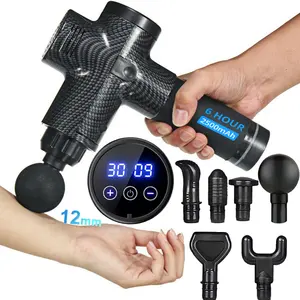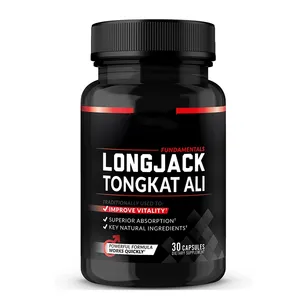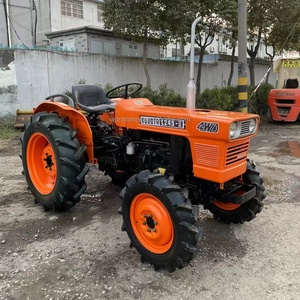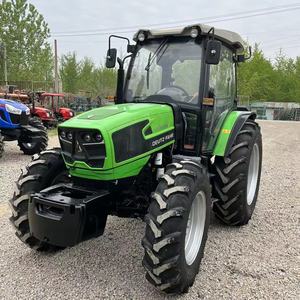










저렴한 가격 농장 30HP 4*4 미니 트랙터 Chalion 30HP 4X4 휠 트랙터 인도에서 판매용 소형 농업 트랙터
₩6,972,741 - ₩7,670,015
최소 주문량: 1 세트






Plowing/ploughing/raking 사용 25 HP Ride-on 로타리 경운기/크롤러 트랙터 로타리 경운기 기계
₩3,416,643 - ₩3,835,008
최소 주문량: 1 세트






널리 사용되는 땅콩 수확기 땅콩기계 미니 트랙터 장착 땅콩수확기/땅콩 수확기 1 세트
배송 준비 완료
₩1,464,276 - ₩2,022,095
최소 주문량: 1 세트
조각 당 선박: ₩4,444,007






농업 기계장치 9 Forward + 3 반전 기어 박스 체계를 가진 4 개의 바퀴 드라이브 B2741 Kubota 트랙터
₩11,564,987 - ₩12,969,297
최소 주문량: 1 개












농업 기계 사용 인도 정보
Alibaba.com은 7428 농업 기계 사용 인도 상품을 제공합니다. 다양한 농업 기계 사용 인도 옵션을 선택할 수 있습니다. 예: 프랑스, 독일, 미국. 건설, 가정용, 기계 수리 상점 농업 기계 사용 인도 등을 선택할 수 있습니다. 기어 박스, 펌프, 베어링 농업 기계 사용 인도 등도 선택할 수 있습니다.농업 기계 사용 인도 농장 트랙터, 농업 트랙터,정원 트랙터등도 가능합니다.















































































































































































































